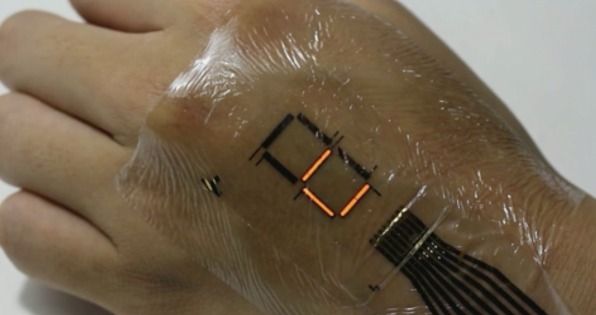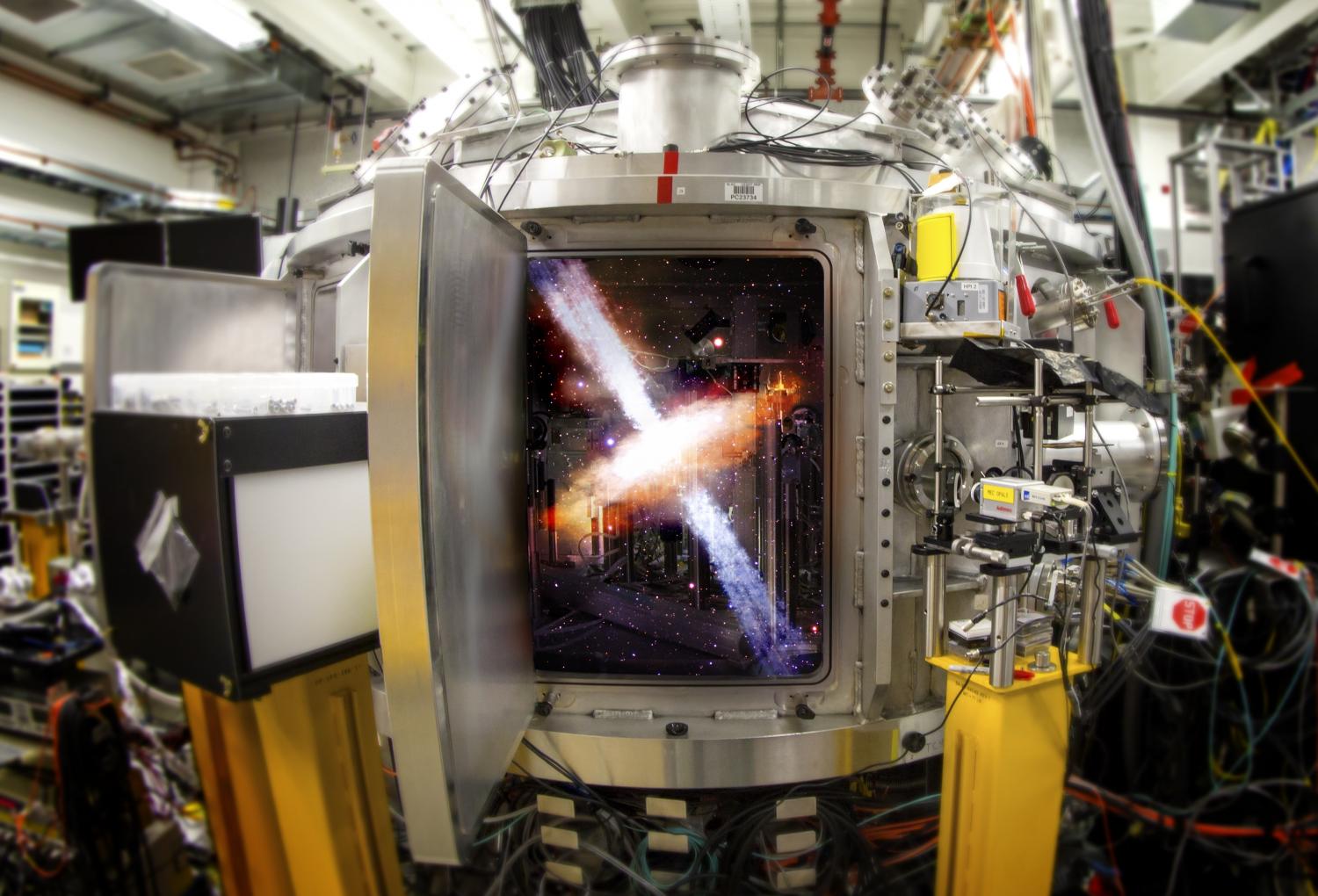Nthing new; nice to see more folks waking up.
We’re moving beyond just prosthetics and wearable tech. Soon, we’ll all by cyborgs in one way or another.
From The Six Million Dollar Man to Inspector Gadget to Robocop, humans with bionic body parts have become commonplace in fiction. In the real world, we use technology to restore functionality to missing or defective body parts; in science fiction, such technology gives characters superhuman abilities. The future of cyborgs may hinge on that distinction.
The Defense Advanced Research Projects Agency (DARPA) plans to develop a brain implant that links human brains to computers. Under the Obama administration’s Brain Initiative, DARPA has developed eight programs designed to enhance human physical and cognitive capabilities. The Neural Engineering System Design program seeks to “bridge the bio-electronic divide” via a small implant that acts as a translator between the brain and the digital world, giving humans improved sight and hearing.









